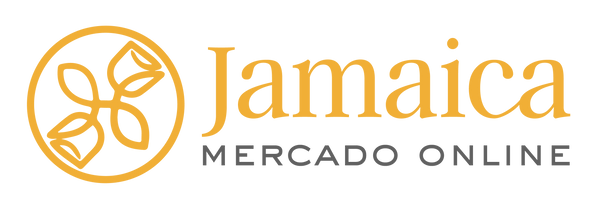Flowers that Attract Bees
Including bee-friendly flowers in your garden is a great way to support these essential pollinators. Here are some options that are especially attractive to bees:
-
Lavender : Lavender is a favorite of bees due to its abundant nectar supply. Its purple flowers also add a touch of elegance to the garden. Plus, lavender is quite hardy and can thrive in hot, dry climates.

-
Echinacea : Also known as coneflower, the echinacea offers large flowers in shades of pink, purple, and white. These flowers are rich in nectar and attract a variety of bees. Echinacea is also hardy and easy to care for, ideal for low-maintenance gardens.

-
Sunflowers : Sunflowers not only provide a visual impact with their large yellow flowers, but they are also very attractive to bees. Their flowers produce abundant nectar, making them an excellent choice for attracting these pollinators.
Flowers that Attract Hummingbirds
To attract hummingbirds, it's important to choose flowers that offer abundant nectar and are brightly colored. Here are some flowers that are especially attractive to these small birds:
-
Fuchsia : Fuchsia flowers have a tubular shape and vibrant colors, making them irresistible to hummingbirds. Fuchsias also bloom for a long time, providing a continuous source of nectar.

-
Bertonia : With its trumpet-shaped flowers, the bertonia is perfect for attracting hummingbirds. These flowers are not only visually appealing but also provide a significant amount of nectar.

-
Hibiscus : Hibiscus offers large, showy flowers that are very popular with hummingbirds. Their bright colors and sweet nectar make them an excellent addition to any garden looking to attract these birds.

How to Care for Flowers to Attract Bees and Hummingbirds
Proper flower care for bees and hummingbirds ensures your garden remains a welcoming place for these pollinators. Here are some tips to keep them healthy:
-
Proper Watering : Flowers should receive regular watering, especially during the warmer months. However, avoid overwatering, as this can cause problems such as root rot. Adjust watering according to each plant's specific needs.
-
Fertilization : Use organic fertilizers to provide the necessary nutrients to your flowers. Fertilization should be done in spring and, if necessary, again mid-season to ensure vigorous growth and abundant blooms.
-
Pest Control : Check your plants regularly for pests or diseases. Use natural control methods whenever possible, such as introducing beneficial insects or using homemade solutions, to maintain a healthy environment without harming pollinators.
How to Create a Pollinator-Friendly Garden
To maximize the attraction of bees and hummingbirds , consider designing your garden with a few principles in mind:
-
Plant Diversity : Include a variety of plants with different colors, shapes, and bloom times. This will ensure a constant source of nectar is available throughout the season.
-
Local Native Plants : Choose native plants whenever possible. These plants are adapted to your local climate and attract native pollinators, which can be more effective than non-native species.
-
Refuge Spaces : Provide areas where pollinators can take refuge, such as shrubs and small shelters. This is especially important during the heat of summer and the cold of winter.
What are the best flowers to attract bees?
The best flowers to attract bees include lavender, echinacea, and sunflowers. These plants offer an abundance of nectar and have colors that attract bees.
How can I attract hummingbirds to my garden?
To attract hummingbirds, plant tubular flowers with bright colors, such as fuchsia, bertonia, and hibiscus. You can also use hummingbird feeders with nectar to complement the flowers.
Do flowers for bees and hummingbirds require special care?
Yes, it's important to provide adequate watering, fertilization, and pest control to keep flowers healthy. This ensures they remain attractive to pollinators.
How can I design a garden that benefits both bees and hummingbirds?
To benefit both, include a variety of plants that attract both bees and hummingbirds. Make sure you have flowers that bloom at different times of the year and provide shelters for pollinators.








